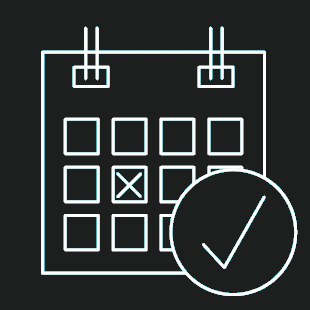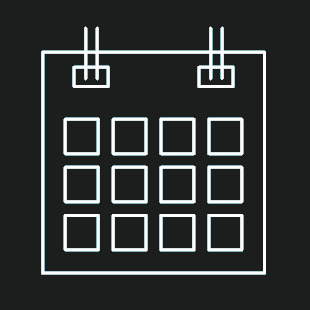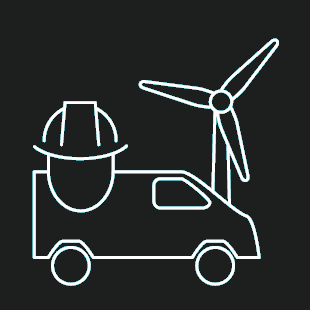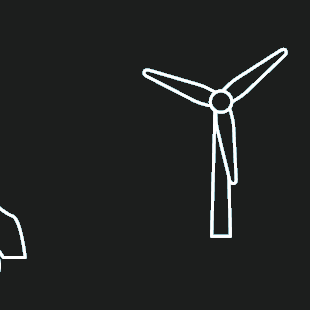Drone technology has made significant progress since we first deployed our fully autonomous UAV flight and inspection platform in 2016. The capacity for performing autonomous inspection is growing, drone technology itself is stable, battle tested, robust and scalable. With artificial intelligence (AI) and machine learning, drones are now programmed to find their way around wind turbines with consistency, repeatability, accuracy, and produce even better image quality. The benefits of this progress are reduced costs, reduced downtime, and reduced safety risk of inspections.
This really is a breakthrough in terms of blade inspections and serves to optimize O&M performance on wind farms. The path for the autonomous flight is programmed with accuracy so that images are taken from the appropriate distance and with the best viewpoint in a repeatable way. Moreover, thanks to lower costs, the number of inspections can be increased, enabling operators to assess the condition of their assets on a regular basis and effectively plan their maintenance and repair campaigns.
High quality digital inspection data
Enormous progress has also been made in terms of the data captured during inspection and the analysis of this data. Historically, the information gathered during inspection was for the only purpose of building a report. But now, with the evolution of technology and artificial intelligence, we are on our way to implementing new techniques to derive predictive maintenance. This marks the start of a new era. The data captured, in the form of HD images and metadata, not only serves for reporting; with intelligent analysis of the data and monitored over time, the inspection data analysis can help predict if the assets in three months, six months or two years might suffer some kind of damages.
The data that we are capturing now, is of such quality, that we are able to spot the tiniest damages and classify them. And it’s not just about the image, but also about the metadata that are captured during the inspection process to know the exact position on the blades and size of the damages. In this way, it is always possible to find the exact location of a damage, even after repair.
We are building up large databases with detailed damage classifications. These damages are identified, measured, labelled, and localized, so that we can really make use of the data, and this is where big data, AI, and machine learning all come into play. We are using more than 250,000 validated damages to train our model to identify anomalies. This is a multi-step, multi-validation process, where our experts review and validate the output of AI, which is key to ensuring the quality and trustworthiness of the data.
Blade experts work hand in hand with AI, overseeing and training the AI to accelerate the analysis process and free up time to focus on more complex tasks. Progressively, as the volume of data collected increases, we will be able to analyse and define a propagation model of typical blade defects which will enable us to predict the propagation of some critical damages.
Damage classification is still an area for improvement as there are few industry standards today to rank the severity of the damages on the blade nor even the types of damages. In certain cases, we are asking the machine learning to identify damages with a high level of precision which could be subject to interpretation. But machine learning and AI is the only way to deal with the large volume of data generated, and it is evolving really fast. We’re talking about weeks and months, not years. AI may even speed up the standardization process, benefiting from existing standards in the Oil & Gas industry for example.
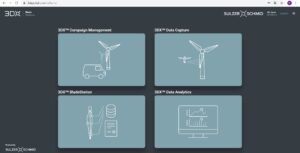
New world of opportunities
In the future, there will be new and interesting ways to make even better use of the data, potentially incorporating different sources of data with additional sensors providing vibration data from the turbines or IoT. Advances in battery storage technologies is another area of development that will touch on our business. With longer flying autonomy or recharging facilities, we could imagine having resident drones in offshore wind parks. That could save huge amounts of money by removing the need for a boat. Resident drones could also be installed in large wind farms, enabling inspections to be carried out at the push of a button.
Today, we have completed close to 10,000 inspections with autonomous drones. This is now a productive, cost saving technology at our disposal that creates a step change in the way rotor blade inspections are carried out. Combined with intelligent analysis of the data, this offers new and exciting opportunities for maintaining assets over their planned lifetime.
If you want to find out more about these topics please get in touch with marc.hoffmann@sulzerschmid.com.
